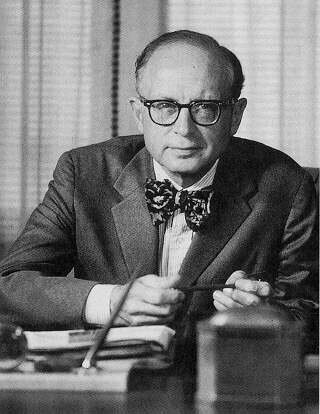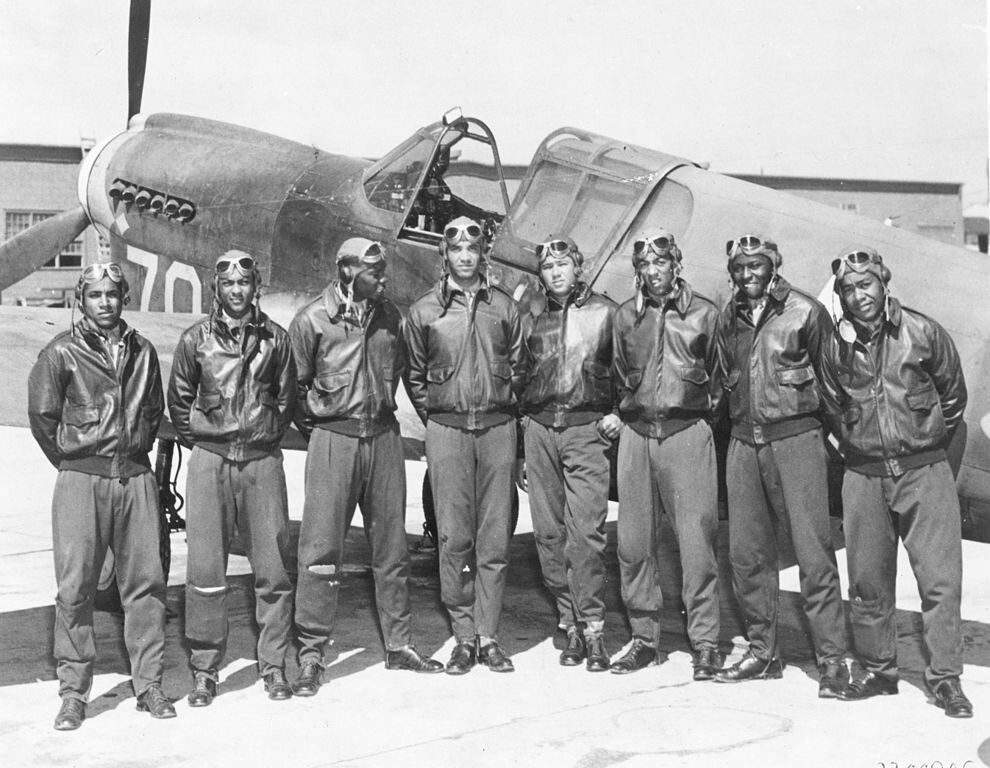World War One resulted in millions of deaths, but millions also returned home. However, many of these returnees had horrific injuries. In this article Paul Coffey explains how some injured people had their faces reconstructed with the help of artists.
Paul’s fictional book on this topic, We Are Broken, is out in March 2021 (Amazon US | Amazon UK).
Rifleman Moss - photo courtesy of GilliesArchives.
Francis Derwent Wood working with a disfigured Great War veteran - photos courtesy of IWM Archives.
Francis Derwent Wood working with a disfigured Great War veteran - photos courtesy of IWM Archives.
Rifleman Moss without his mask - photos courtesy of IWM Archives.
Look at this man’s face; do you notice anything unusual?
His expression is impassive, he looks stern, serious. Maybe you think the dark glasses are a clue; is he blind?
Now take a closer look. The lines around his nose and cheek. Could they be scars?
This is Rifleman Moss – we don’t know his first name. In fact, there’s not much we know about him at all, other than the glasses he wears are part an elaborate and skillful disguise.
Because his nose, mouth and cheeks are not real.
They’re made of tin and then delicately and painstakingly, painted to match his skin tone and features.
Moss was a ‘patient’ (or maybe that should be model) of an extraordinary group of artists who used their talent to meticulously recreate astonishing lifelike masks for disfigured veterans of the First World War.
The conflict, which claimed the lives of almost one million British and Empire troops, was the first ‘industrial’ war the world had seen. And it was merciless in demonstrating that gallantry, pluck, duty and honor – the attributes of good soldiers right through the ages – were no match for the grisly machinery of war being developed in the early twentieth century.
Both sides were to learn at an enormous cost just how much carnage could be inflicted by two men with a machine gun or a handful of troops firing shells from an artillery cannon.
In many ways, the bloody stalemate that was the Western Front – the subterranean maze of trenches that carved open the land from the English Channel to the Swiss border - was a result of this mechanized warfare.
Tens of thousands of men were flung headlong into a storm of steel that annihilated whole battalions, for little or no gain.
It meant armies on both sides had no choice but to dig down into the earth and take shelter. And so, trench warfare, with all its bloody, rat-infested, muddy slime, became engrained upon our consciousness.
The dead and missing of the Great War are rightly venerated for the sacrifice they made. Even now, more than a century later, the poignancy of Remembrance Day and the simple yet symbolic act of wearing a poppy, are powerful reminders that the nation should never forget the ultimate price that generation paid.
Those who made it home
But what about those who did make it home? Families up and down the country can relate to tales and recollections of grandfathers, great uncles, great great nephews, who simply didn’t talk about the war.
It was almost as if the very act of shutting the subject away was their only way to cope with the appalling sights they’d witnessed.
Thankfully, in recent years, we have become more aware and able to treat the psychological and emotional impact suffered by combat veterans.
But at the end of the Great War, in a country deeply scarred by the conflict and one still wedded to many of the Victorian and Edwardian attitudes towards grief and mourning, these were not things to be talked about, or even confronted.
Keep calm and carry on was to be the slogan used for a conflict still another twenty years in the future. But the ‘carry on’ part encapsulated much about the way people were expected to simply ‘get on with it.’
There was another group of veterans who made it home; but sadly, they didn’t make it through physically unscathed. Tens of thousands of men suffered life-changing injuries – it is thought more than 40,000 soldiers lost a leg in the war.
It became a common sight in the 1920s to see disabled veterans; limbless men on crutches, or without an arm, often struggling to make a living.
Facial injuries
And then there were those who suffered catastrophic facial injuries but incredibly, thanks to a little ‘luck’ and advances in medical treatment, survived.
For these veterans, they couldn’t simply ‘get on with it.’ They were appalled by their own appearance, many of them victims of truly gruesome injuries which illustrated the frailty of the human body when facing the mechanical instruments of war.
Ward Muir was a writer who became a corporal in the Royal Army Medical Corps (RAMC) during the First World War. In 1918 he published a detailed account of facial injuries entitled The Happy Hospital. In it, he described with gruesome eloquence, the effect of such wounds.
‘Hideous is the only word for these smashed faces: the socket with some twisted, moist slit, with a lash or two adhering feebly, which is all that is traceable of the forfeited eye; the skewed mouth which sometimes—in spite of brilliant dentistry contrivances—results from the loss of a segment of jaw; and worse, far the worst, the incredibly brutalising effects which are the consequence of wounds in the nose, and which reach a climax of mournful grotesquerie when the nose is missing altogether.’
Post war Britain wasn’t as tolerant of disability as we are today. The country was also exhausted by the conflict and shattered by collective grief. When peace finally came in late 1918, people didn’t want to see reminders of the war; no disabled veterans were allowed to take part in victory parades for example.
The injured often found themselves isolated and shunned.
For those who had suffered facial injuries, there was hope thanks to the pioneering work of Harold Gillies who led the way in the first reconstructive – or plastic – surgery that we know today.
It was an area of medicine that saw huge advances in a short space of time but it was still in its infancy and there were simply too many patients.
Artists
But for a few lucky veterans, there was help from an unlikely source - the world of art.
Artists such as renowned sculptor Sir Francis Derwent Wood – who would go on to design part of the memorial to the Machine Gun Corps in London’s Hyde Park – played a unique and astonishing role in helping these unfortunate men.
Derwent Wood was too old to enlist when war broke out in 1914 and instead volunteered to help in hospitals treating the wounded. It was there he was confronted by the appalling facial injuries soldiers were suffering and decided to do something to help.
Using his skill as surgeon, Derwent Wood – and other artists who followed his lead – spent hours working from photographs recreating the broken faces of disfigured men.
The process was long, uncomfortable and painstakingly slow. Injured veterans would ‘sit’ for Derwent Wood while he covered their faces with a plaster of Paris. Using that as a mold he would then use tin to recreate the ‘missing’ part of the face before meticulously painting on features, careful to match the man’s skin tone.
The result, as seen in the photograph of Rifleman Moss, was extraordinary.
To give you an idea just how skillful these craftsmen (and women) were, look at the pictures of Moss, the same man in the picture, but without his mask.
How the poor man even survived those dreadful injuries is astonishing in itself. But seeing him wear his mask is equally incredible.
Remembering
Sadly, little if any testimony remains of the men who wore these masks. What was it like? How long did they and their masks survive?
It was that which inspired me to write my new novel We Are Broken. For Rifleman Moss, read Charlie Hobbs – the main character in my book and someone who has survived the Great War but at huge personal cost.
Hobbs’ face is appallingly disfigured and he turns to Derwent Wood who creates him a mask so he can ‘hold his head high’ and, ironically, ‘face the world’ again. It imagines how he would have coped, the anxiety and struggles he faced and explores the difficulties and prejudices a disfigured veteran, who gave so much for his country, was confronted with.
Derwent Wood wrote of his work: … ‘It begins where the work of the surgeon is completed. When the surgeon has done all he can to restore functions ... I endeavour by means of the skill I happen to possess as a sculptor to make a man's face as near as possible to what it looked like before he was wounded.'
He went on to say that he believed wearing a mask enabled his patients to acquire their ‘old self-respect.’
‘Self-assurance, self-reliance, and, discarding his induced despondency,’ he wrote, ‘takes once more to a pride in his personal appearance. His presence is no longer a source of melancholy to himself or of sadness to his relatives and friends.’
We can only try and imagine what it must have been like for these men to walk the streets wearing a tin mask. Maybe, as we wear our own masks to combat the pandemic, we can imagine and empathize just that little bit more.
We Are Broken (ISBN: 9781800493742) by Paul Coffey is out on 23 March and available in both paperback and Kindle versions (Amazon US | Amazon UK).
© Paul Coffey
Contact: Paulcoffeyauthor@gmail.com
The text in this article published by permission of Paul Coffey.




















